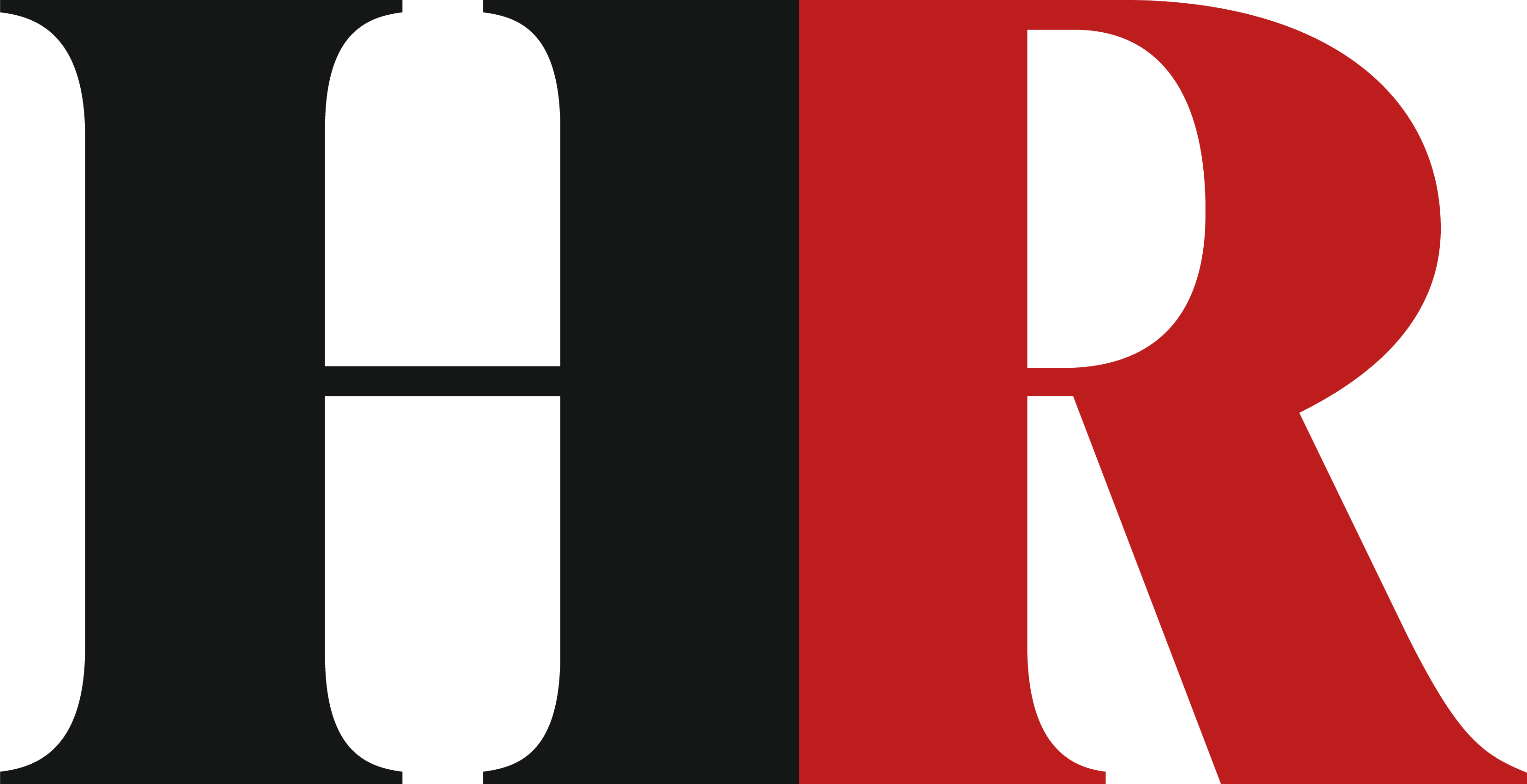On a building site, a healthy workforce is measured by the number of workers who recover quickly after hospital treatment following workplace injury. This is the underlying theory behind most workplace wellbeing schemes. Put this way, it sounds slightly ridiculous.
Currently workplace wellbeing across the UK is usually measured and valued by the number of employees who were unwell but are now recovered. The more employees that use a service to get well, the higher the return on investment.
Read more: Are we sleepwalking into wellbeing washing?
Most wellbeing providers offer some form of employee wellness measure using various clinical tools. They’ll provide aggregated scores from these tools to their customers as a measure of success. Tools include patient health questionnaires like PHQ9, general anxiety disorder scoring (GAD7), evaluations like clinical outcome in routine evaluation (CORE) and the hospital anxiety and depression scale (HADS).
In practice, an employee will take an assessment as they enter the service which indicates their anxiety or depression levels along with their suicidal ideation risk. This information gives the provider an indication of the level of need and suitable treatment plan.
On the face of it, this has always been useful information. As a clinical tool, these scores are invaluable. But what do they mean to employers? Just because an employee presents with a high score and later has a lower score, does that indicate a well workforce?
Taken individually, scores indicate improvement for those who have contacted the service. But let’s look at it another way. What about those who are struggling but haven’t contacted the service, and who maybe won’t at all? What has the employer done to support employees before they reach their high scores in the first place?
This all needs to change. It’s not the treatment but the success of prevention that should be measured.
Read more: Individual-level wellbeing strategies aren't working
Going back to our builder analogy, on construction sites we see signs that proudly display ‘300 days without injury’. Maybe we should see the same from employers with signs proudly saying ‘300 days without needing to talk to a counsellor’. Because this is the true measure of success.
Employers shouldn’t be relying on their employees’ improved wellbeing scores but instead look at the number of employers who have been supported before they get to the point of need.
There’s nothing new or particularly earth shattering in any of this. Prevention has always been better than cure. So why do we continue to hold value in improved wellbeing scores from providers treating employees who are struggling with their mental health?
Let’s realign what’s important when it comes to measuring workplace wellness. Let’s celebrate the things that organisations are doing to minimise the need to engage with wellbeing services.
Let’s make sure employees aren’t worrying about the cost of putting fuel in their car to get to work, or bailiffs knocking at the door. Let’s encourage open, honest communication so that employees don’t have the fear of losing their job or being treated differently because they’re anxious about things in their home life.
Let’s understand the issues our employees are facing. Employers need to put measures in place to reduce the impact of these issues, while making the most of services already in use.
Employers need to talk to their providers about what they can do to stop their employees using their services.
Make the measure of success about prevention - not usage - and certainly not when employees have had improved scores following treatment.
It’s time to start thinking differently about workplace wellbeing.
Karl Bennett is wellbeing director of employee benefits platform Perkbox Vivup, and chair of the Employee Assistance Professionals Association









